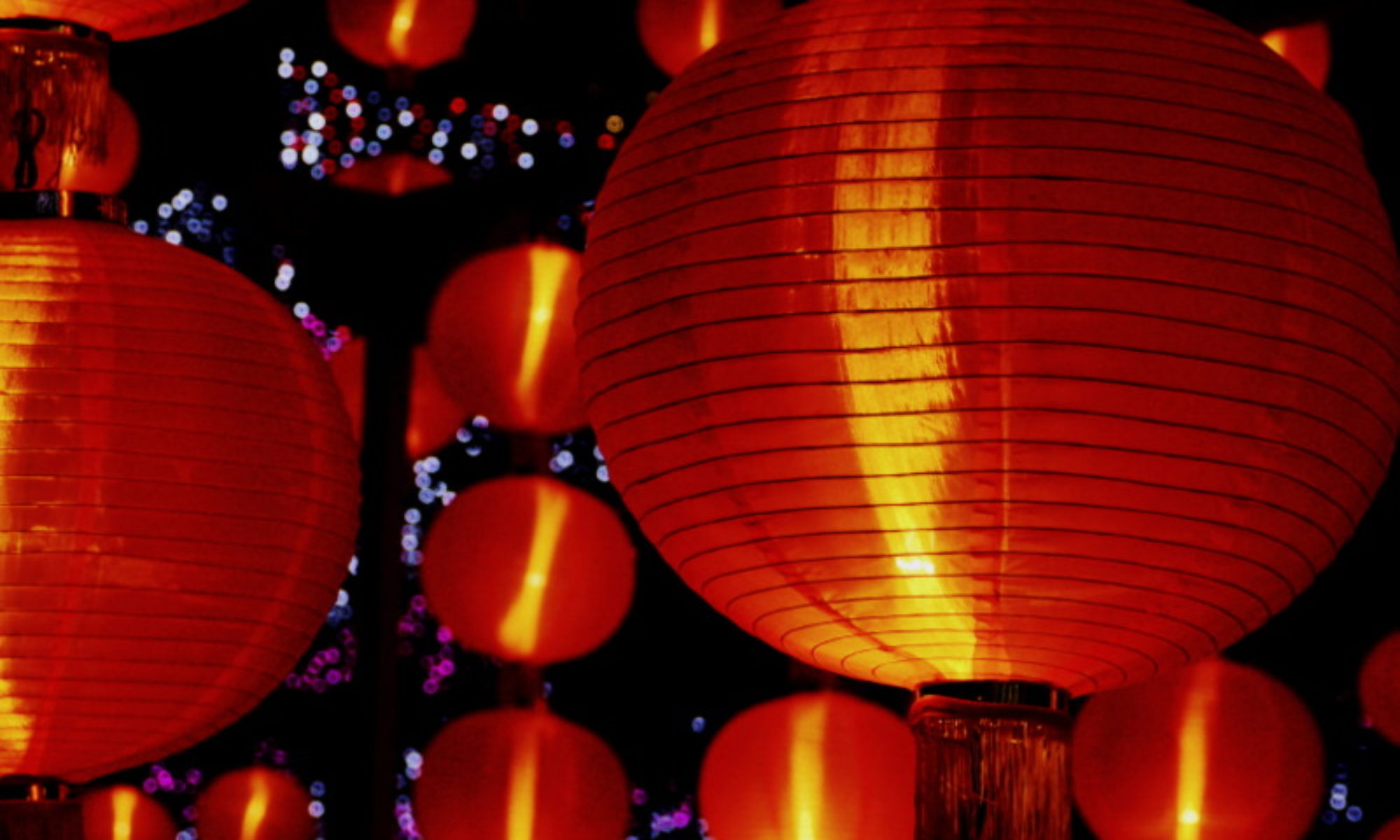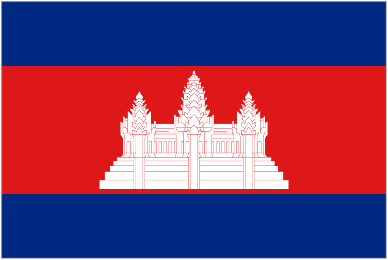When Cambodia has a holiday it does not mess around with names.
Victory Over the Genocidal Regime Day, or Commemoration of the Fall of the Khmer Rouge, marks the end of the Pol Pot led genocide of 1.7 million Cambodians during the 1970s, out of a population of 7 million.
“We will always remember the most horrific events of three years, eight months and 20 days under the regime of Democratic Kampuchea, which carried out the most cruel genocide policy resulting in massive and limitless destruction.”
–President of the Cambodian People’s Party in a 2004 address, marking the 25th anniversary of the fall of the Khmer Rouge. (BBC)
Most of the killings occurred between April 17th, 1975, when the Khmer Rouge assumed power of Cambodia until January 7th, 1979, when after a two-week war with Vietnam, the Vietnamese government invaded ousted Pol Pot and his followers.
The dates April 17th and January 7th are remembered by every Cambodian, for there is virtually no family that did not lose someone during the Khmer Rouge regime.
The genocide was the result of the world’s most morbid social experiment. The Khmer Rouge virtually annihilated the middle and upper classes of Cambodia, and did not stop there. Anyone deemed educated or cosmopolitan was killed. Ordinary people could be killed simply because they wore glasses, seen as a sign of literacy.
In an effort to “purify” the “Khmer race” and create an absolutely classless utopian society, the Khmer Rouge began by emptying all Cambodian urban centers of their population, abolishing banking, finance and currency, outlawing all religions, reorganizing traditional kinship systems into a communal order, and eliminating private property so completely that even personal hygiene supples were communal.
Orn Theng recalled:
“I was the only one who survived in my family [of nine],” Orn said. “It was not because they didn’t have food … there was bran and rice in stock. They didn’t kill us with hoes or axes. They killed us by starving us.”
http://www.rfa.org/english/news/social/2007/03/16/cambodia_krtrial/
Yet despite the bloodshed the Khmer Rouge flag still hung at the United Nations until the 1990’s. Ben Kiernan, a professor who works to document and increase awareness of genocides in places like Cambodia and East Timor, compares it to:
“Image the swastika flying in New York in the 1950s, with the Nazis still maintaining an army on the border of Europe and threatening to return to power.”
http://www.yalealumnimagazine.com/issues/03_11/easttimor.html
In addition to the almost two million lives lost, hundreds of thousands of Cambodians emigrated during and after those years.
The largest concentration of Cambodians in the USA, and perhaps anywhere outside Cambodia, is Long Beach, California, although the Cambodian population of Lowell, Massachusetts is soon to surpass it.


